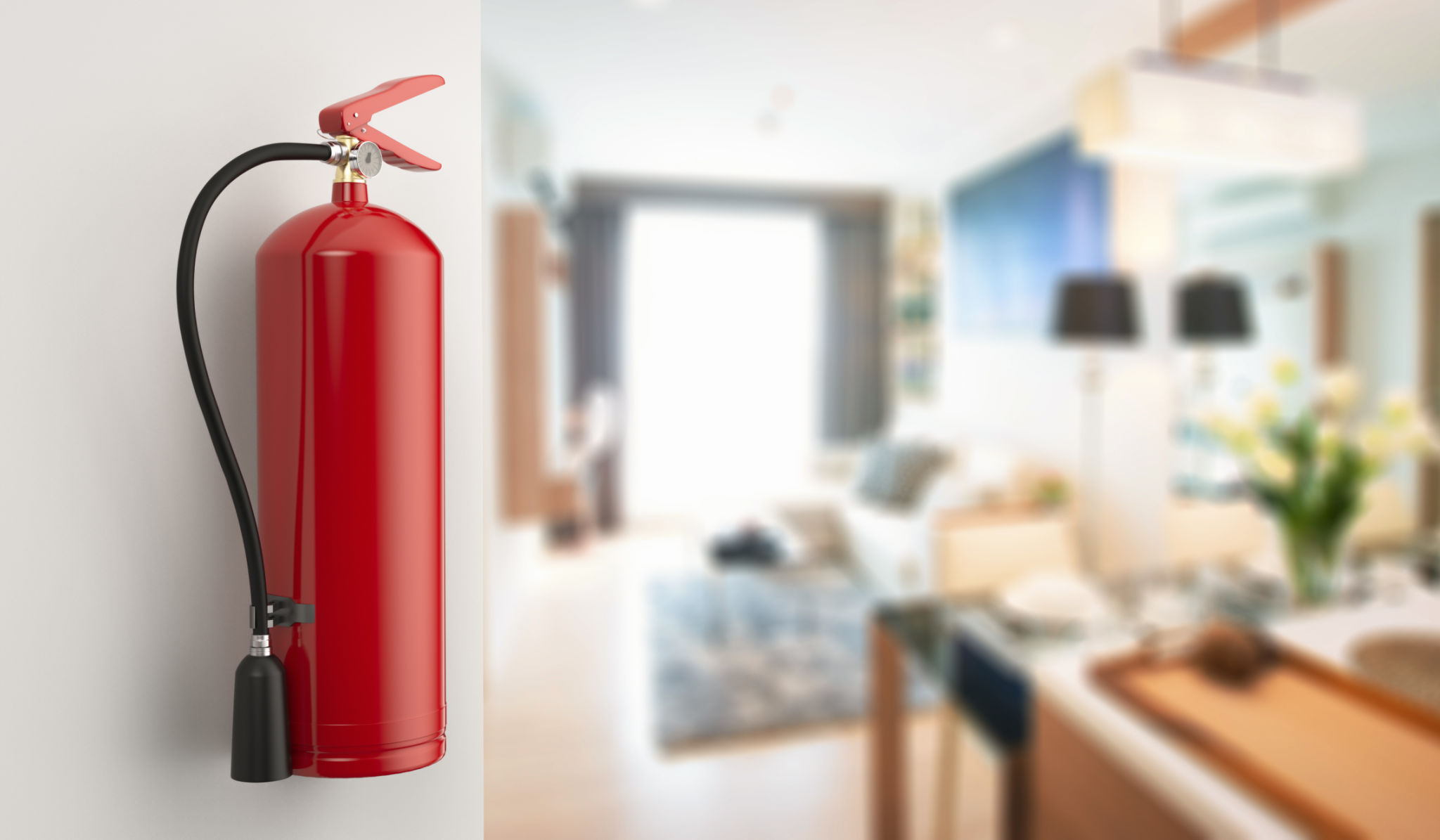Expert Advice: Choosing the Right Fire Extinguisher for Your Surrey Home
Understanding Fire Extinguishers: An Essential Home Safety Tool
When it comes to home safety, having the right fire extinguisher can make a crucial difference in an emergency. Fire extinguishers are your first line of defense against small fires, potentially preventing them from escalating into more significant disasters. For residents in Surrey, choosing the right fire extinguisher for your home requires some thoughtful consideration to ensure both effectiveness and safety.

Types of Fire Extinguishers
Fire extinguishers are categorized based on the types of fires they can combat. Understanding these categories is vital to ensuring you have the appropriate extinguisher on hand. The main classes include:
- Class A: For ordinary combustibles like wood, paper, and cloth.
- Class B: Suitable for flammable liquids such as gasoline, oil, and grease.
- Class C: Designed for electrical fires involving appliances, wiring, or circuit breakers.
- Class D: For combustible metals, typically found in industrial settings.
- Class K: Ideal for kitchen fires involving cooking oils and fats.
Size and Placement Considerations
The size of the fire extinguisher is another critical factor. In a home setting, a 5-pound extinguisher is often sufficient for most rooms. However, larger areas or locations with higher risks, like garages and kitchens, might benefit from a 10-pound model. Proper placement is essential; fire extinguishers should be easily accessible in key locations around the home such as the kitchen, garage, and near exits.

Maintenance and Inspection
Regular maintenance of your fire extinguisher ensures it will function properly when needed. It's recommended to check the pressure gauge monthly to confirm that it's in the green zone. Additionally, inspect the extinguisher for any visible damage or corrosion. Professional servicing should be carried out annually to guarantee optimal performance.
Choosing the Right Extinguisher for Your Surrey Home
Your choice of fire extinguisher should reflect the specific risks present in your home. For instance, a kitchen may benefit from a Class K extinguisher due to the potential for grease fires, while a garage might require a Class B or Class A/B/C multipurpose extinguisher due to the presence of flammable liquids and electrical equipment.

Training and Usage Tips
Knowing how to use a fire extinguisher effectively is just as important as having one. Familiarize yourself with the PASS technique:
- P: Pull the pin to break the tamper seal.
- A: Aim low, pointing the nozzle at the base of the fire.
- S: Squeeze the handle to release the extinguishing agent.
- S: Sweep from side to side at the base of the fire until it appears extinguished.
Conclusion: Ensuring Safety and Preparedness
Choosing the right fire extinguisher is a crucial step in ensuring your home is well-protected against potential fire hazards. By understanding the different types of extinguishers and considering factors such as size and placement, you can enhance your home's safety measures. Regular maintenance and training are key components of preparedness, ensuring that if a fire does occur, you can act swiftly and effectively to protect your home and loved ones.
